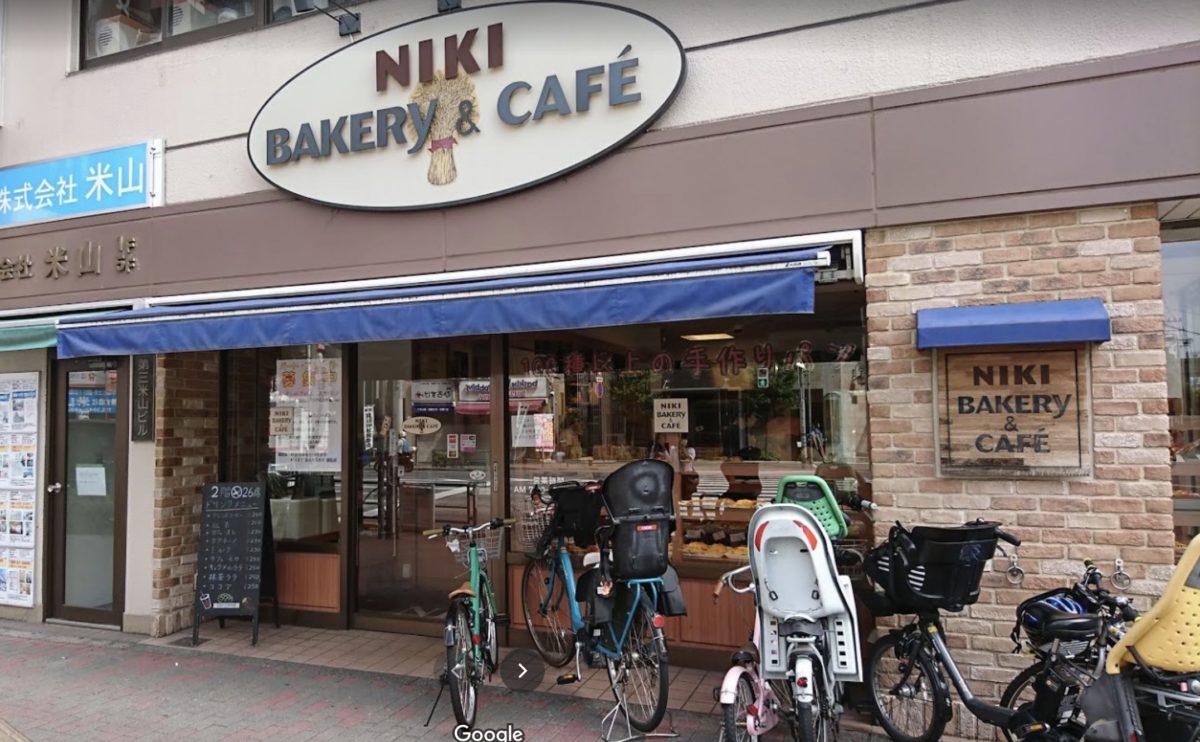I still remember that day. It was in Komagome, Tokyo, in front of a a local neighbourhood bakery not too far from where I was living at the time. Japanese cars and buses bustling on the main road, while the buzzing sound of the traffic light was on repeat to signal that pedestrians can now cross the road. I was pacing back and forth in front of the bakery. I was eyeing the lady at the cashier who had a scarf on her head, to tie her hair back. She was smilingly attending to the patrons of her bakery.
I took a deep breath.
“Okay, Ruiz. Let’s do this.” I whispered to myself words of motivation.
Before you say it – nope! This is not a love story. I was not in love with the cashier lady. I did not know her name. This was even perhaps the first time I saw her!
This was my first time practicing keigo in public in Japan. Keigo which literally translated into ‘respectful language’ is a part of the Japanese language that the locals naturally use as part of their colloquial ensemble when they speak to others. The words and expressions used have to be adjusted to make sure that you use the correct honorific nouns, pronouns, verbs etc. This is an important element of the Nihongo (Japanese language) that all learners of the language should and need to learn if they are to master the Japanese language.
Oh, but it was nerve-wrecking at the start. To give a taste, here is an example:
Sentence: Thank you! I will eat the bread.
Regular: Arigatou! Pan wo tabemasu. (10 syllables)
Keigo: Doumo arigatou gozaimasu. Pan wo tabe sasete itadakimasu. (24 syllables!)
That’s 2.4 times the regular difficulty! Just to say that you’ll eat the bread! (Bread in Japan is awesome btw, you should all go to Japan to just eat bread).
But there I was. I forced myself and stepped into the bakery. I grabbed a piece of pastry and anxiously approached the cashier. Instead of regular speech, I tried to use keigo.
It was horrendous.
What I said did not sound anything remotely close to Japanese! I slurred my words. I did not complete the whole phrase. My face flushed red when I said it. The lady chuckled when she heard what I said – but she was nice. She knew I was a student and that I was trying to say keigo. She even dropped a “Nihongo ga o-jouzu desu ne!” (Read: Your Japanese is really good!) to me. I paid for the pastry and left the bakery hurriedly.
Oh gosh did I feel so embarrassed in the moment. But I did it. The embarrassment and anxiousness of the moments before were fleeting. They lifted off my spirit, and very quickly I felt accomplished.
Yes – I did horribly, but at least I willingly attempted the feat. I rose up to challenge even if it was nothing close to the ideal. Instead of not doing anything to improve the skill at hand, I at least did something.
Zero to one. When you are trying to learn a skill, doing something about it is always better than nothing. The first step will always be the difficult. But push yourself through that mental barrier, and take that first step. Do not worry about perfecting the skill when you are still at level zero.
Zero to one. Just start.

